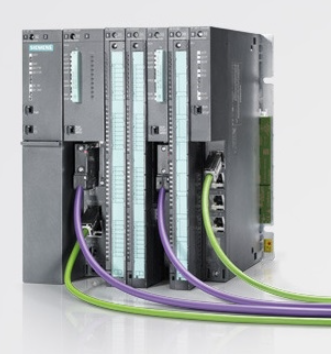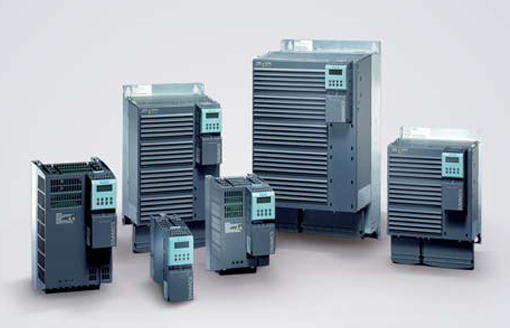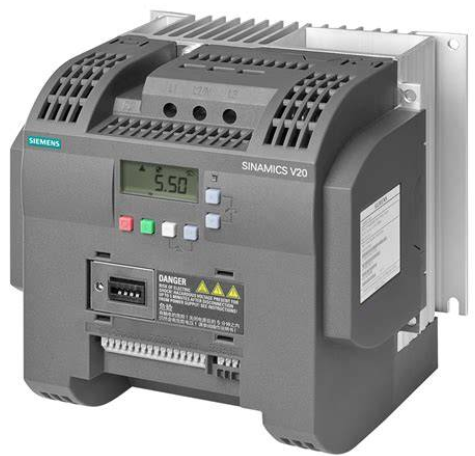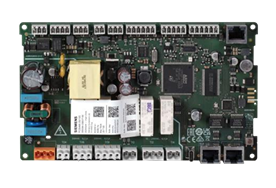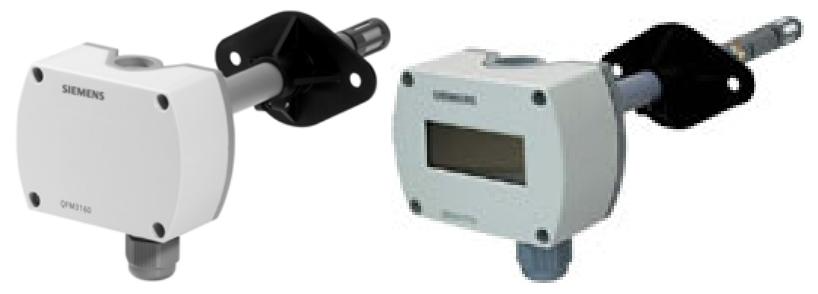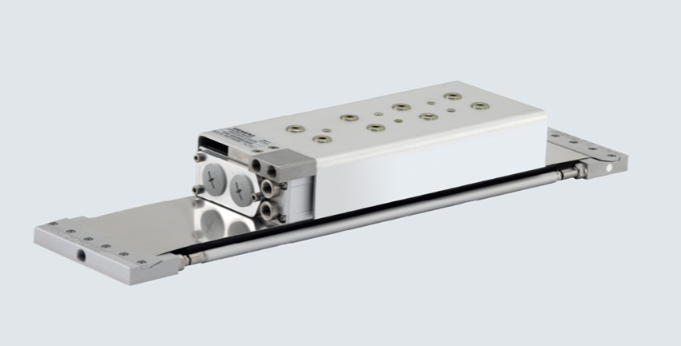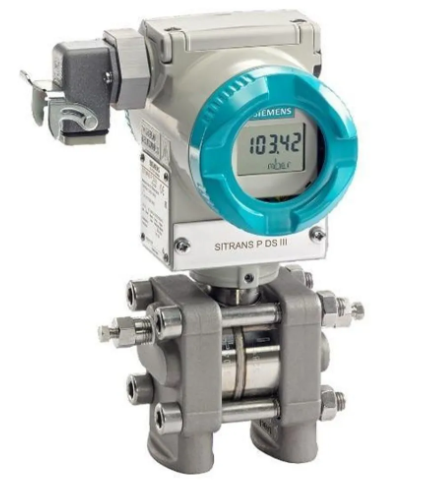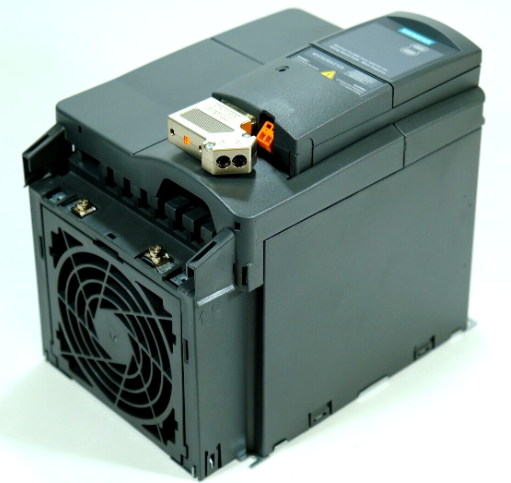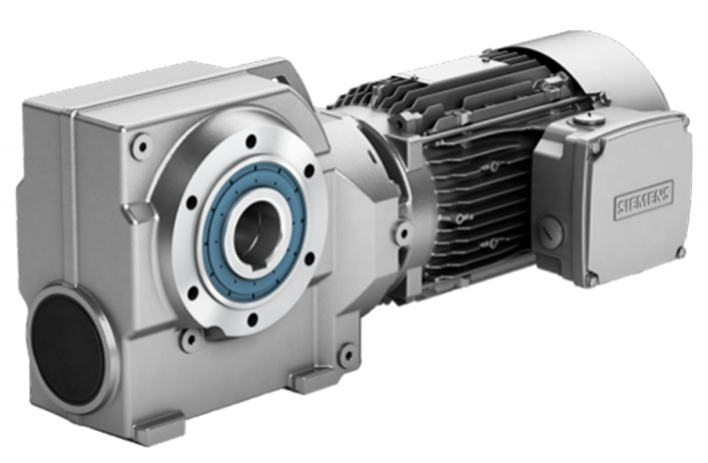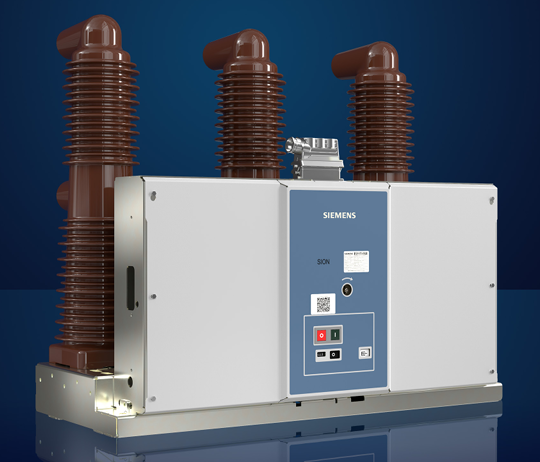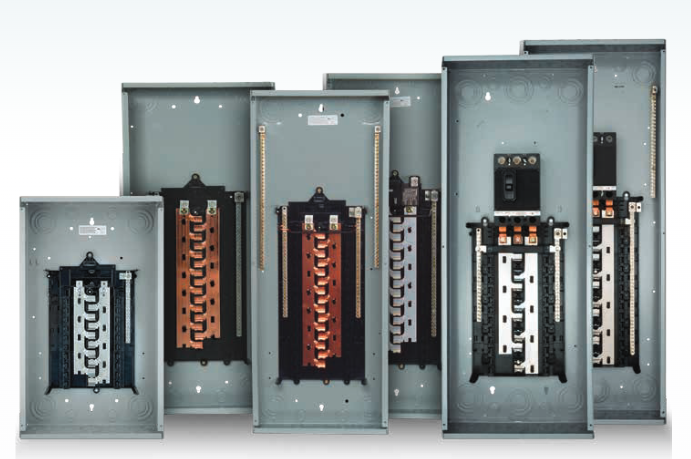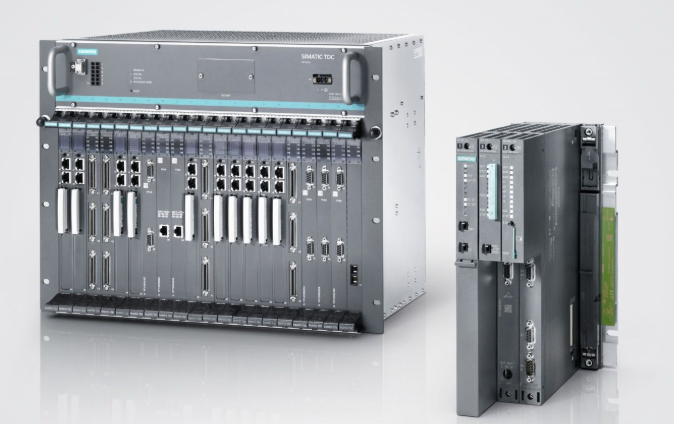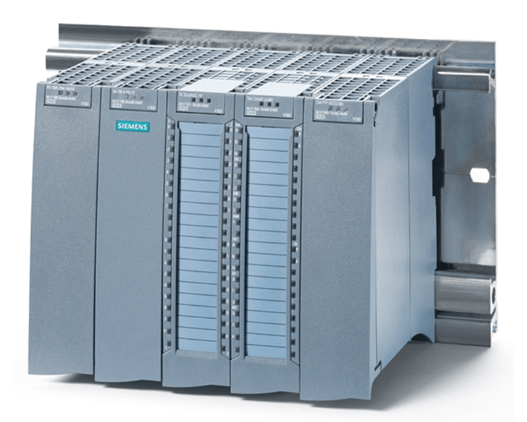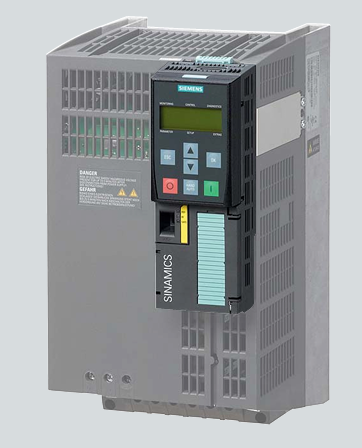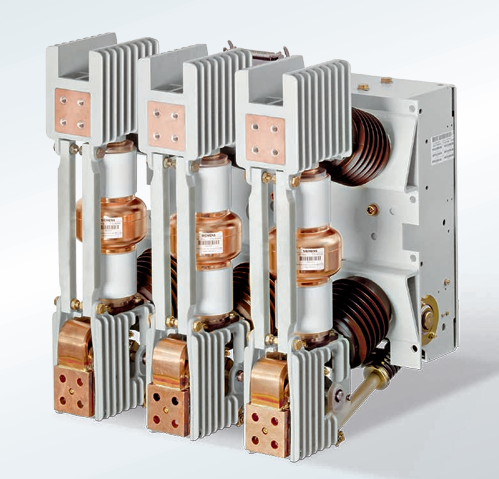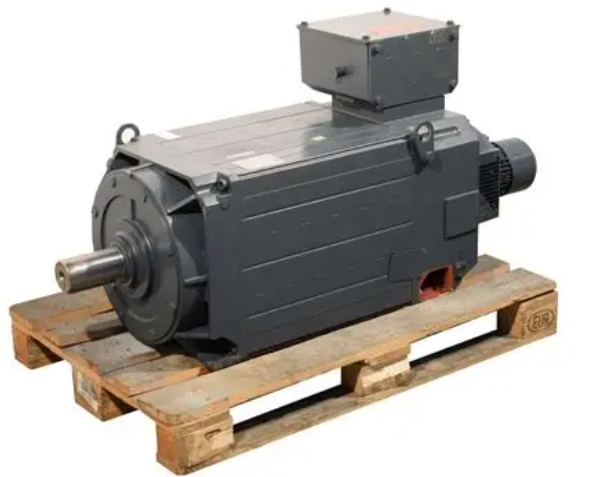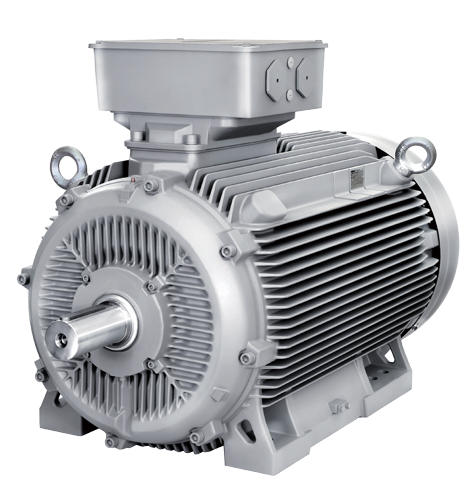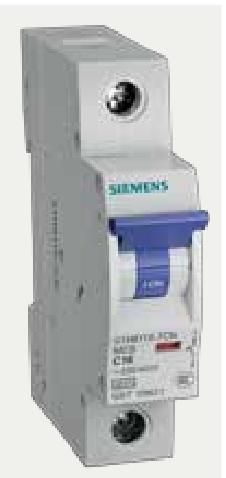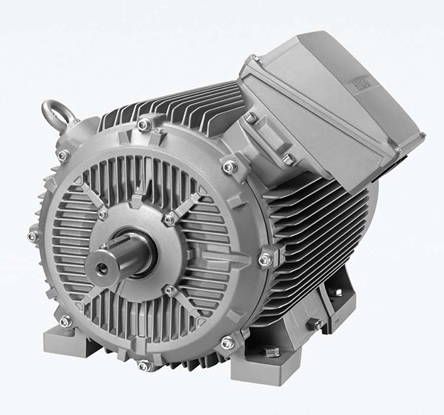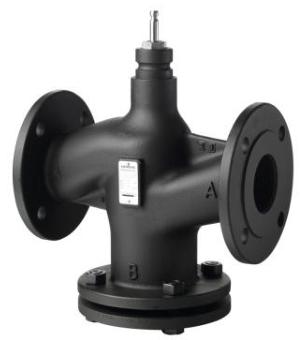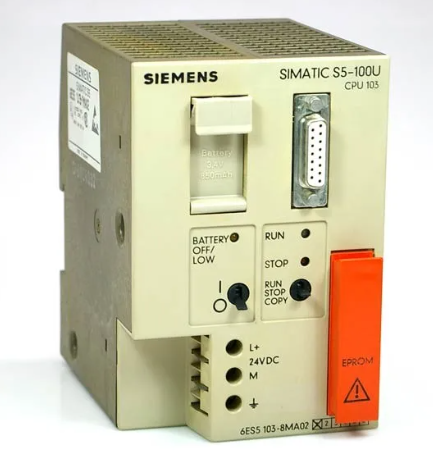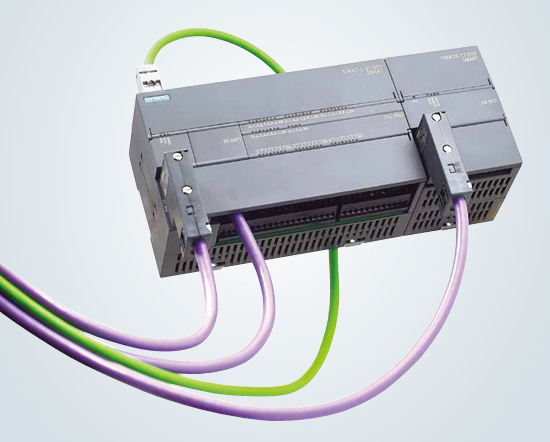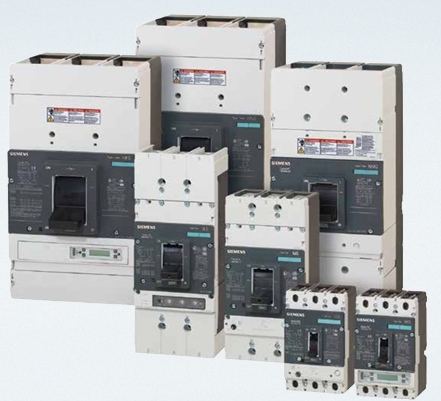FOXBORO FBM10 is the core modular control unit in the Foxboro brand I/A Series DCS (distributed control system) under Emerson. The standard model is FBM10 DM400YL. As an important member of the FBM (Fieldbus Module) series of modules, it is designed with the core concept of "digital input/output integration", specifically developed for the acquisition and control needs of industrial field AC signals. It can achieve precise acquisition and contact output control of 120VAC AC status signals, and is a key hub for connecting DCS controllers with discrete devices on site.
FOXBORO FBM10 Modular Control System
System Overview
FOXBORO FBM10 is the core modular control unit in the Foxboro brand I/A Series DCS (distributed control system) under Emerson. The standard model is FBM10 DM400YL. As an important member of the FBM (Fieldbus Module) series of modules, it is designed with the core concept of "digital input/output integration", specifically developed for the acquisition and control needs of industrial field AC signals. It can achieve precise acquisition and contact output control of 120VAC AC status signals, and is a key hub for connecting DCS controllers with discrete devices on site.
This module inherits the high reliability and strong environmental adaptability technology genes of the Foxboro FBM series, adopting a standardized modular structure design. It can not only be seamlessly integrated into the I/A Series DCS system, but also adapt to control scenarios of different scales through flexible expansion configuration. Its core advantages are reflected in the professionalism of communication signal processing, the stability of output loads, and the convenience of fault diagnosis. It is widely used in equipment status monitoring and interlocking control in industries such as power, metallurgy, and petrochemicals.
Core functional characteristics
2.1 Accurate communication signal processing capability
The FBM10 module focuses on the full process processing of 120VAC AC signals, achieving closed-loop response from on-site equipment status acquisition to control instruction execution, specifically manifested as:
-Communication digital input (DI) function: configured with 8 independent input channels, specifically designed to receive 120VAC AC status signals from on-site equipment, such as the on/off status of motor contactor auxiliary contacts, valve limit switches, etc. The module is equipped with signal shaping and anti shake circuits, which can effectively filter harmonic interference in AC signals, ensuring accurate identification of equipment operating status. The response time is ≤ 1ms, meeting the real-time requirements of industrial control.
-Contact Output (DO) Control Function: Equipped with 8 contact output channels, with an output load capacity of 2A/120VAC, it can directly drive small AC actuators, intermediate relays, or indicator lights and other devices. The output contacts are made of silver alloy material, which has excellent arc resistance performance, extending the service life while ensuring the reliable execution of control instructions.
2.2 Flexible System Integration and Expansion
As a modular control unit, FBM10 has good system compatibility and scalability: at the hardware level, high-speed communication is achieved with CEP, CP60 and other controllers of I/A Series DCS through Foxboro's exclusive fieldbus bus, with a communication rate of up to 1Mbps, ensuring real-time data transmission; At the software level, seamless integration with system control logic is supported, and parameters such as input signal filtering time and output signal retention characteristics can be flexibly configured through the engineer station. When the control scale is expanded, it can be used in conjunction with FBM15 equivalent series expansion modules to achieve batch expansion of input and output channels, reducing system upgrade costs.
2.3 Comprehensive fault diagnosis and protection mechanism
For complex working conditions in industrial sites, FBM10 is equipped with multiple fault monitoring and protection functions: the module monitors its own power status, bus communication link, and the integrity of each channel signal in real time. When abnormal conditions such as input signal overvoltage, output contact adhesion, or communication interruption occur, standardized fault codes are immediately generated and uploaded to the DCS operator station. At the same time, graded prompts are provided through panel LED indicator lights (such as power failure red light constantly on, channel fault yellow light flashing). At the hardware level, an overcurrent protection circuit is integrated, which automatically cuts off the output when the output channel load exceeds the 2A rated value, avoiding damage to the module core circuit and improving system operation safety.
2.4 Strong anti-interference and environmental adaptability
The module adopts multiple anti-interference designs to cope with the electromagnetic environment of industrial sites: both input and output channels are equipped with optoelectronic isolation circuits, with an isolation voltage of ≥ 1500VAC, effectively blocking electromagnetic coupling interference between on-site signals and internal system circuits; The signal processing stage adopts digital filtering and surge suppression technology, which can withstand transient voltage surges of ± 2kV. In terms of environmental adaptability, it can operate stably in a temperature range of 0-60 ℃ and a 5% -95% non condensing humidity environment. The module itself has a protection level of IP20, which can be improved to IP65 with a dedicated protective shell. It is suitable for various scenarios such as control room cabinet installation and on-site installation.
Key technical parameters
The technical parameters of the FOXBORO FBM10 module have been validated in industrial scenarios, and the specific specifications are as follows (based on the DM400YL model, actual configuration is subject to the product manual):
parameter category
specific parameters
Power requirements
Support 24V DC redundant power input, allowable range of power fluctuation ± 10%, maximum power consumption ≤ 4W
Digital Input (DI)
Number of channels: 8; Signal type: 120VAC AC status signal; Input impedance: ≥ 10k Ω; response time: ≤ 1ms
Digital Output (DO)
Number of channels: 8; Output type: normally open contact; Rated load: 2A/120VAC; Contact life: ≥ 100000 times
communication interface
Foxboro Fieldbus bus; Communication speed: 1Mbps; Interface type: Bus backplane connection
isolation performance
Channel isolation: 1500VAC/1min; Signal and power isolation: 1500VAC/1min
working environment
Temperature: 0-60 ℃; Humidity: 5% -95% (no condensation); Protection level: IP20 (module), IP65 (with protective shell)
mechanical properties
Installation method: 19 inch standard cabinet installation; Dimensions: 1U (44mm) x 160mm x 200mm (height x width x depth)
Indication function
Power indicator light (green), communication indicator light (yellow), channel status indicator light (green/red dual color for each channel)
Typical application scenarios
The FBM10 module, with its professional processing capability for 120VAC AC signals, undertakes equipment status monitoring and discrete control tasks in various industrial automation control systems. Typical application scenarios include:
1. Power industry: In the auxiliary control system of thermal power plants, it is used to collect the 120VAC control circuit status signals of induced draft fans and supply fans (such as contactor suction status), and output contact signals to control the start and stop of the lubricating oil pump of the fan, achieving interlocking protection and remote control of auxiliary equipment.
2. Metallurgical industry: In the steel rolling production line of a steel plant, the thermal overload protection switch of the conveyor roller motor is used to monitor the status of the 120VAC power supply. When an overload signal is detected, the roller drive power is quickly cut off through the output channel to avoid equipment damage.
3. Petrochemical industry: In the tank area control system of the refining unit, the high and low liquid level alarm signals of the 120VAC liquid level switch are collected, and the electromagnetic valve coil power supply of the emergency cut-off valve in the tank area is controlled to achieve rapid interlocking valve closure after the liquid level exceeds the limit.
4. Water treatment industry: In the aeration tank control system of sewage treatment plants, it is used to collect the operating status signals of 120VAC aeration fans, output contact signals to control the driving motor of the fan inlet adjustment baffle, and achieve precise control of aeration air volume.
5. Building materials industry: In the rotary kiln control system of cement plants, the status signal of the 120VAC kiln body speed sensor is monitored, and the start and stop of the cooling fan are controlled to ensure the stable operation of the rotary kiln.
Installation and maintenance specifications
5.1 Key points of installation operation
-The module needs to be installed in the FBM dedicated slot of the 19 inch standard cabinet to ensure tight contact with the bus backplane; The cabinet should have good ventilation and heat dissipation capabilities, with at least 5cm of space reserved around the modules to avoid direct proximity to heating equipment.
-When wiring, it is necessary to strictly distinguish between input and output terminals: when connecting a 120VAC signal to a DI channel, it is necessary to confirm that the signal polarity is consistent with the terminal definition; When connecting the DO channel to the load, a surge absorber should be connected in parallel on the load side to avoid arc damage to the module caused by contact disconnection.
-The power circuit must use 24V DC redundant power supply, and the power cord should use copper core cables with a cross-sectional area of ≥ 1.5mm ². The wiring terminals should be tightened to prevent poor contact; The 120VAC on-site signal line should be laid separately from the low-voltage control line to reduce electromagnetic interference.
-After installation, insulation testing is required: When the module power is disconnected, use a 500V megohmmeter to measure the insulation resistance between the input and output terminals and the grounding terminal. It should be ≥ 10M Ω before power can be applied.
5.2 Daily maintenance and troubleshooting
-Daily inspection: Check the communication status of modules and the signal values of each channel through the DCS monitoring interface every day, and observe the panel indicator lights on site to see if they are normal; Clean the modules and cabinets weekly, blow away dust with dry compressed air to avoid affecting heat dissipation.
-Troubleshooting: When there is an abnormal channel signal, first read the fault code through the FBM diagnostic tool - if "input overvoltage" is displayed, check whether the 120VAC power supply on site exceeds the standard; If 'output fault' is displayed, it is necessary to check whether the load is short circuited or exceeds the rated current.
-Maintenance taboos: Do not plug or unplug wiring terminals during module operation; The module power must be cut off during cleaning, and the use of damp cloths or corrosive cleaning agents is prohibited; When replacing a module, the bus power should be cut off first to avoid damaging the controller interface.
-Firmware upgrade: When the DCS system is undergoing a version upgrade, it is necessary to synchronously update the FBM10 module firmware to the matching version. During the upgrade process, ensure stable power supply to avoid module firmware damage caused by interruptions.

- User name Member Level Quantity Specification Purchase Date
- Satisfaction :
-









Email:wang@kongjiangauto.com




